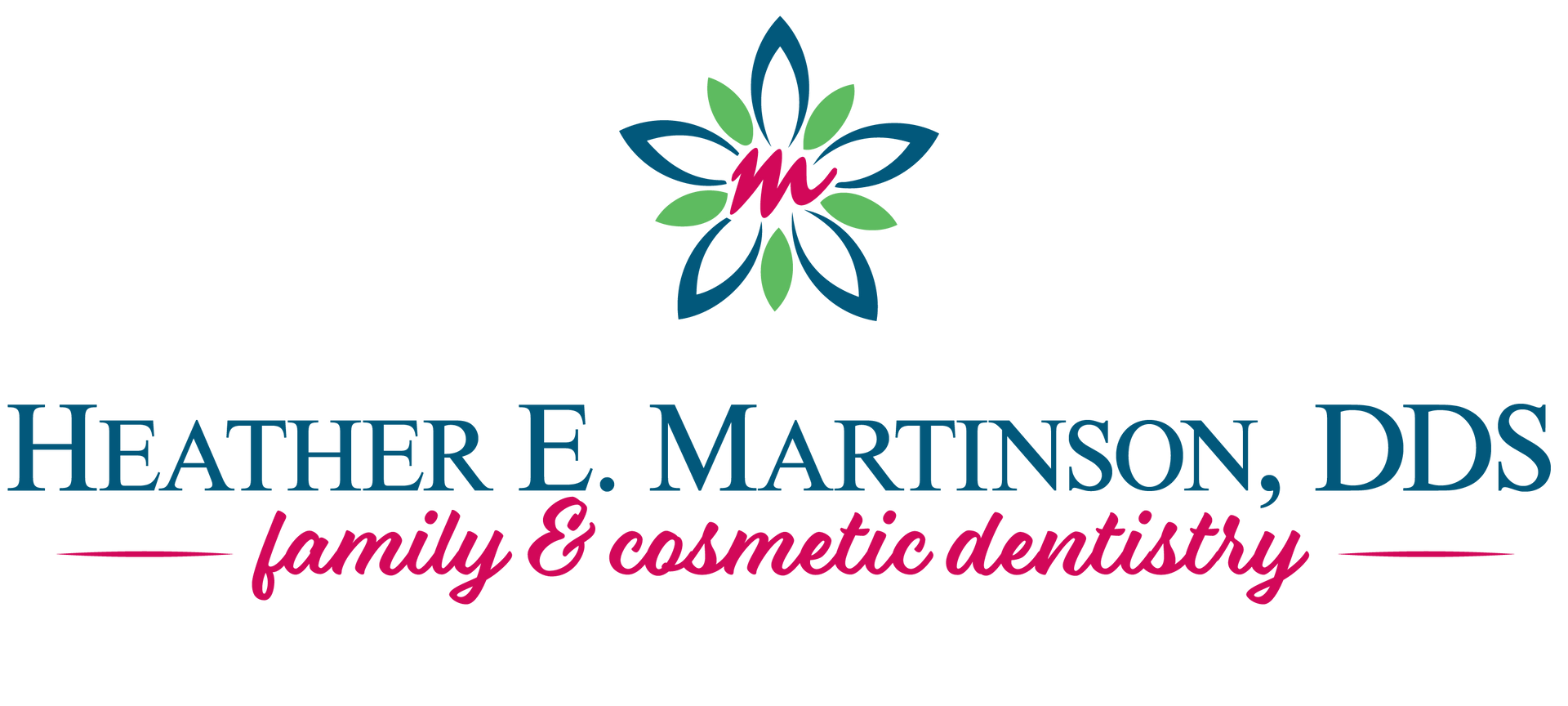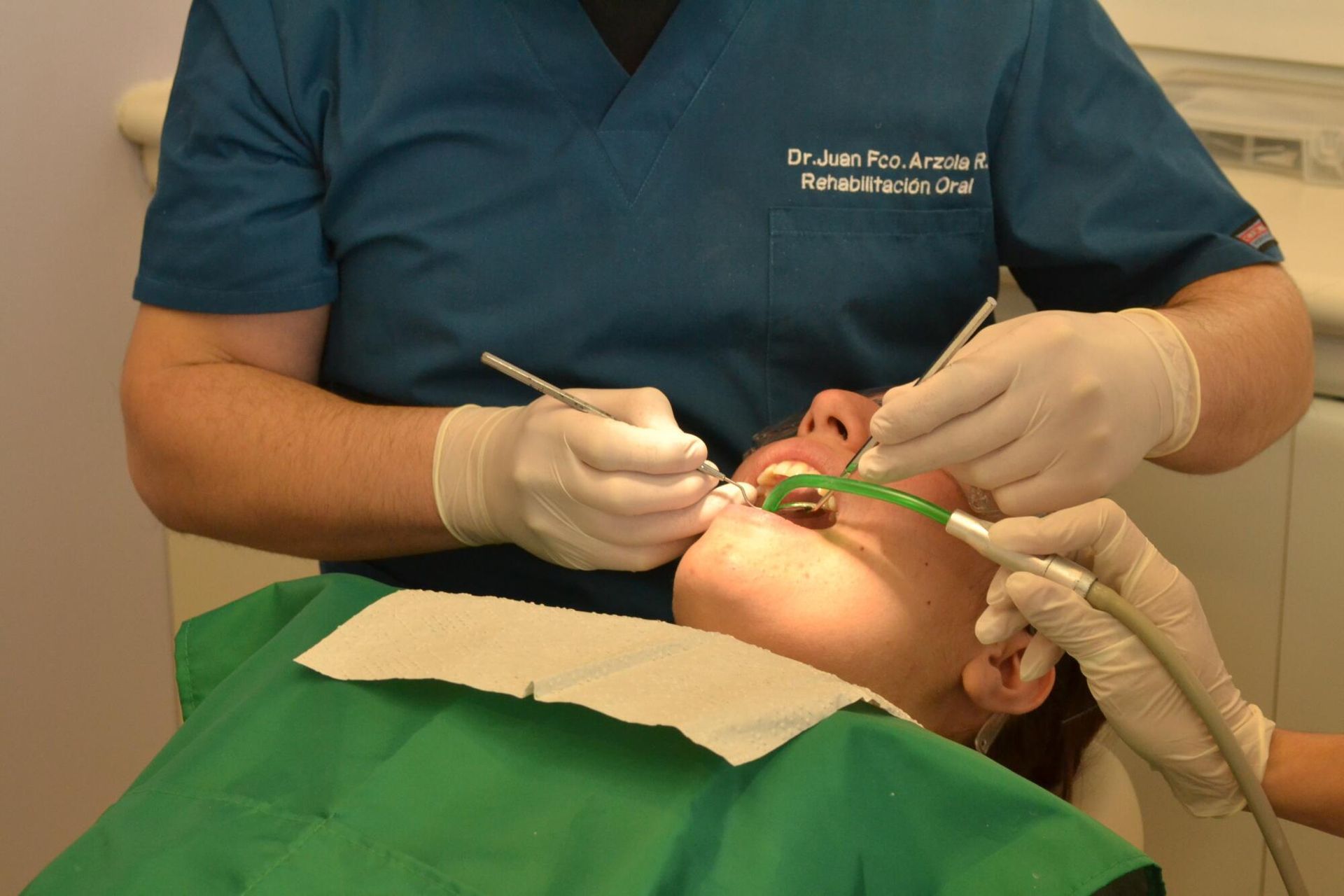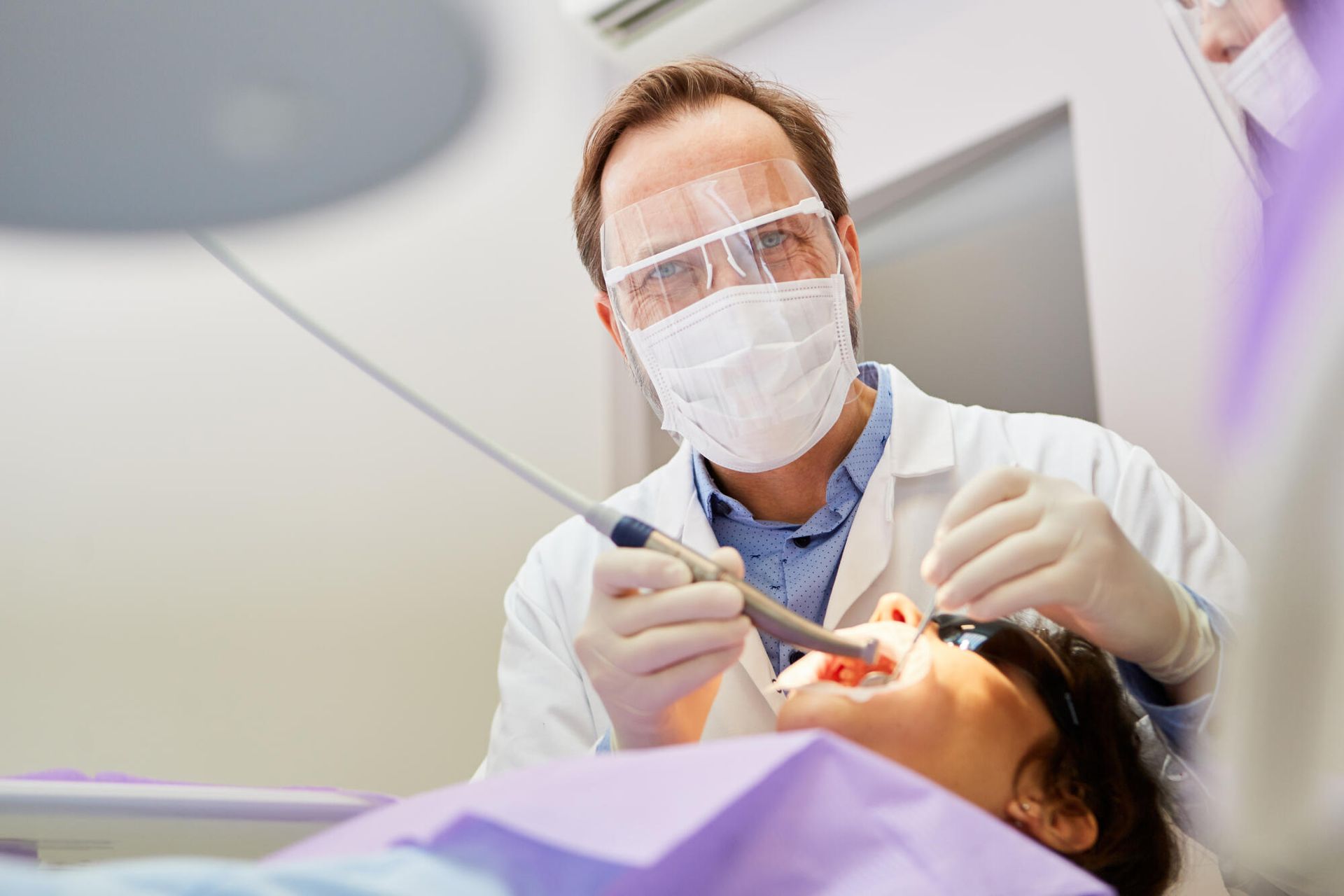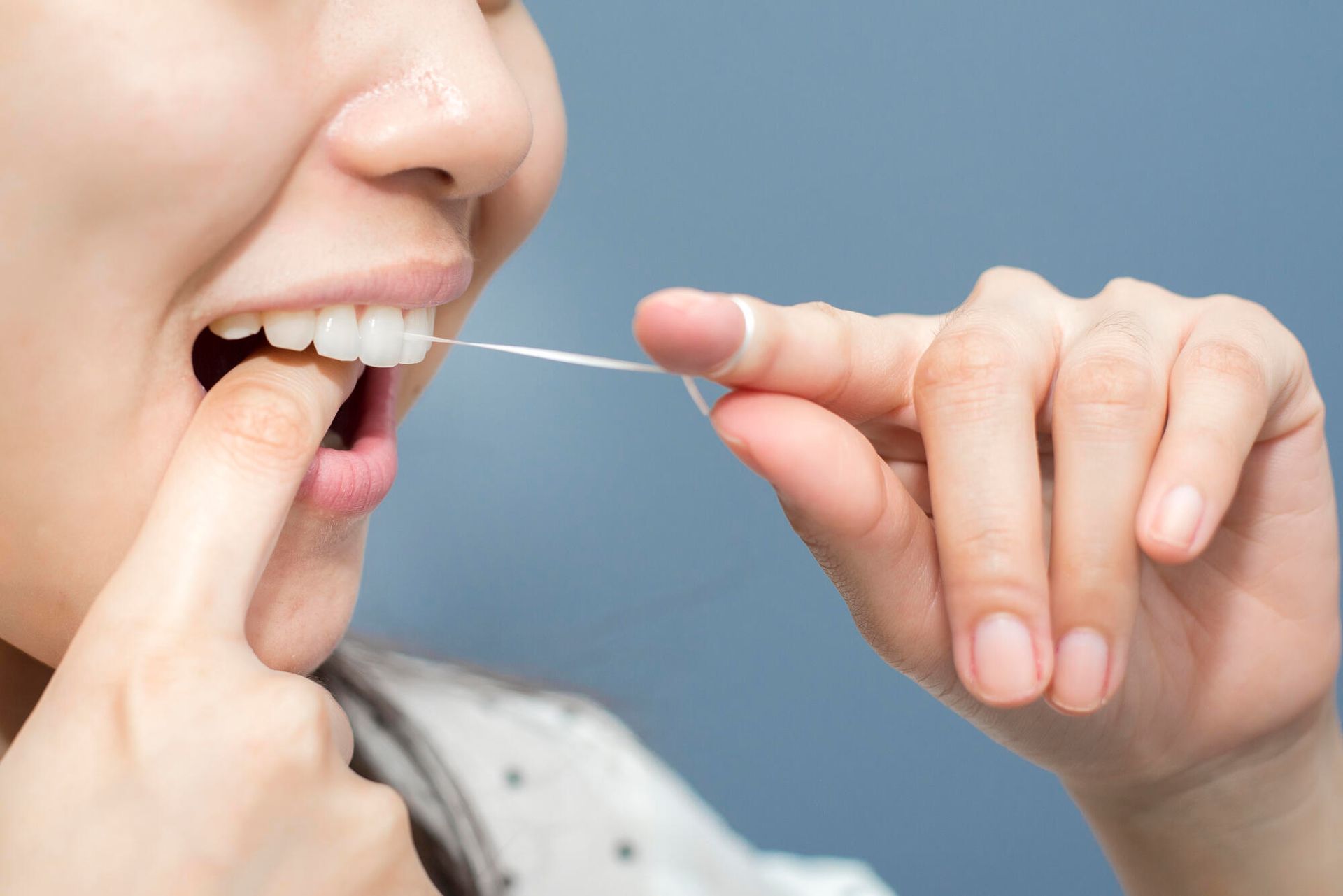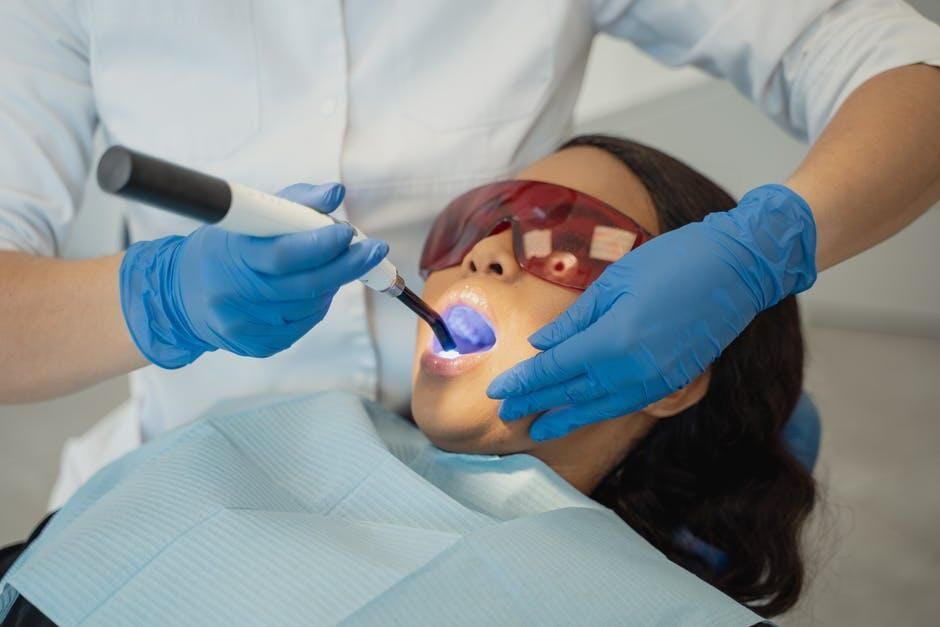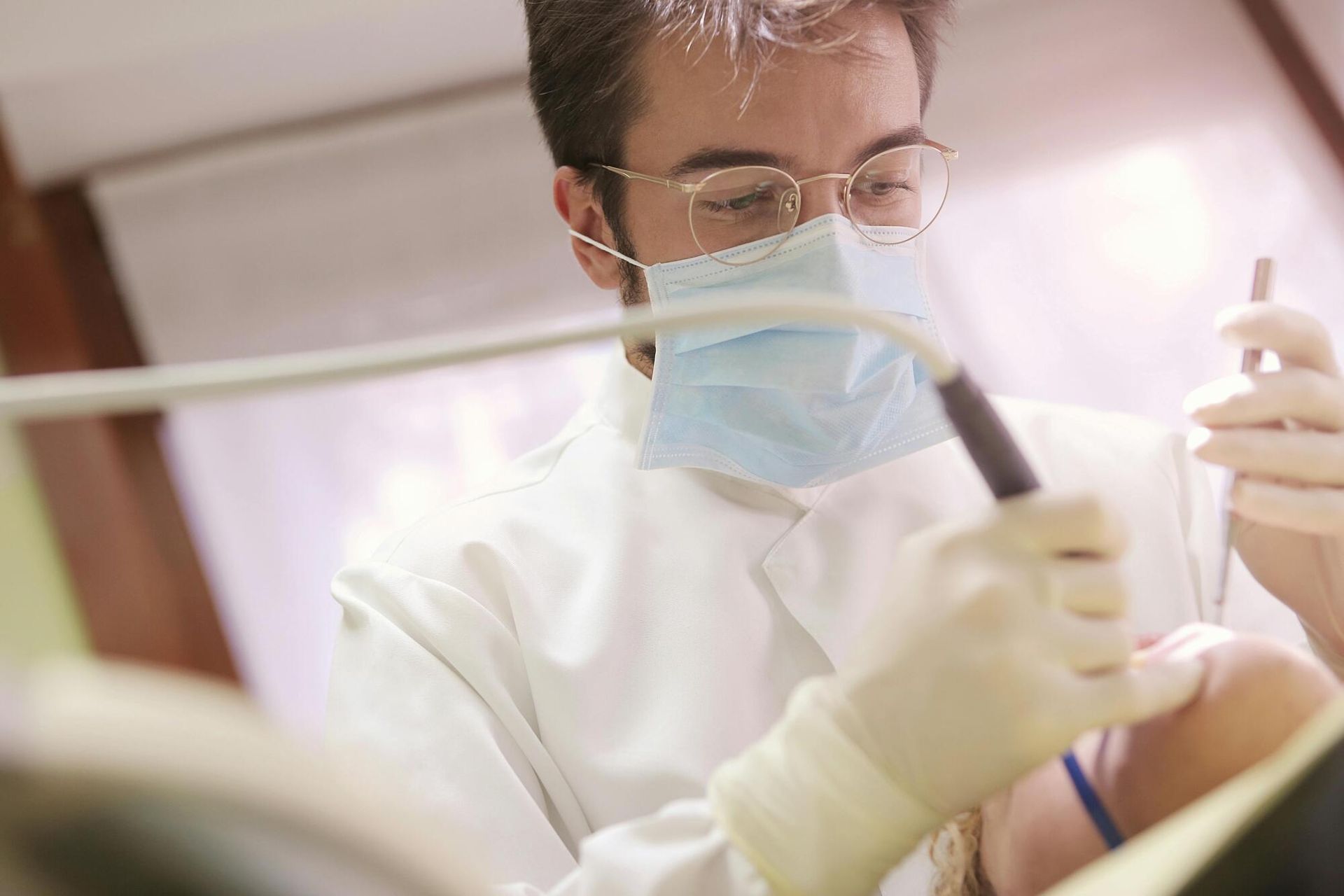How Is Gingivitis Treated?
Gingivitis is a common and mild form of gum disease that causes irritation, redness, and swelling of your gums. While it might initially seem harmless, gingivitis can lead to more serious gum diseases and even tooth loss if left untreated.
You might wonder, can you reverse gum disease? The good news is that reversing gingivitis is entirely possible with early intervention and proper care.
Treating gum disease early is crucial for maintaining good oral health. Ignoring the symptoms can result in severe complications that are harder to manage. By addressing gingivitis promptly, you can prevent it from progressing to periodontitis, a more advanced and damaging form of gum disease.
Let's explore the effective strategies to treat gingivitis and reclaim oral health.
What Is Gingivitis?
You might have heard of gingivitis at your dentist's office, but what exactly does it mean? In simple terms, gingivitis is the inflammation of the gums, often caused by a buildup of plaque on your teeth. It's the earliest stage of gum disease, and the good news is it's usually reversible with good oral care.
Common Symptoms of Gingivitis
Recognizing gingivitis early can make all the difference. The most common symptoms include red, swollen gums that may bleed easily, especially when you brush or floss. You might also notice bad breath that doesn't go away with regular brushing. Another sign can be receding gums, where your teeth appear longer than usual.
Causes and Risk Factors
Gingivitis is primarily caused by poor oral hygiene. When plaque, a sticky film of bacteria, builds up on your teeth, it can irritate your gums. Other causes include smoking, certain medications that reduce saliva flow, and illnesses such as diabetes. Risk factors like poor nutrition, stress, and hormonal changes, such as during pregnancy, can also increase your chances of developing gingivitis.
Understanding these symptoms, causes, and risk factors can help you take proactive steps to prevent and treat gingivitis effectively.
Can You Reverse Gum Disease?
If you've been diagnosed with gingivitis, you might be wondering, can you reverse gum disease? The answer is yes. With prompt and proper care, reversing gingivitis is achievable, preventing it from progressing to more severe gum diseases.
How to Reverse Gingivitis
The first step in reversing gingivitis is improving your oral hygiene. Regular brushing and flossing help remove plaque, the main culprit behind gum inflammation. Use an antibacterial mouthwash to reduce bacteria in your mouth. Professional dental cleanings are also essential. Your dentist can remove tartar and plaque you can't reach with a toothbrush.
Factors Influencing Reversal
Several factors influence the success of reversing gingivitis. Consistency is key. You need to maintain a strict oral hygiene routine. Your overall health also plays a role. Conditions like diabetes can make it harder to control gum disease. Smoking is another significant factor. Quitting smoking can greatly improve your gum health.
Regular dental check-ups are crucial. They allow your dentist to monitor your progress and make necessary adjustments to your treatment plan. Addressing gingivitis early and sticking to these practices can effectively reverse gum disease and maintain healthy gums.
Effective Gum Disease Treatments
Scaling and Root Planing
One of the most common treatments is scaling and root planing. This deep-cleaning procedure removes plaque and tartar above and below the gum line. Scaling involves scraping off the plaque, while root planing smooths the tooth roots to help gums reattach to teeth.
This process can be a bit uncomfortable, but it's highly effective in treating gum disease.
Antibiotics
Sometimes, antibiotics are necessary for gum disease treatment. These can be prescribed as oral medications, topical gels, or even placed directly into the gum pockets. Antibiotics help reduce the bacteria causing the infection, speeding up the healing process.
Importance of Regular Dental Check-Ups
Regular dental check-ups play a crucial role in treating and preventing gum disease. Your dentist can spot early signs of gingivitis and address them before they escalate. Routine cleanings keep plaque and tartar under control, ensuring your gums stay healthy.
Home Remedies for Gingivitis
Taking care of oral health at home is vital for effective gingivitis treatment. With consistent and proper care, you can significantly reduce symptoms and improve your gum health.
Proper Brushing and Flossing Techniques
Brushing your teeth twice a day is the foundation of good oral health. Use a soft-bristled toothbrush and fluoride toothpaste. Make sure to brush all surfaces of your teeth and your tongue. Flossing daily removes food particles and plaque from between your teeth and under the gum line, where your toothbrush can't reach.
Use of Antibacterial Mouthwashes
Incorporating an antibacterial mouthwash into your daily routine can help reduce the bacteria that cause gingivitis. Look for mouthwashes containing ingredients like chlorhexidine or essential oils.
Swish the mouthwash in your mouth for at least 30 seconds to ensure it reaches all areas.
Healthy Diet Tips
A balanced diet supports overall oral health. Foods rich in vitamins C and D, like fruits and vegetables, strengthen your gums and help fight infection. Avoid sugary snacks and drinks that can contribute to plaque buildup. Staying hydrated by drinking plenty of water also helps maintain saliva flow, which naturally cleanses your mouth.
Following these home care practices can enhance your oral health and support effective gingivitis treatment.
Can You Reverse Gum Disease?
Can you reverse gum disease? Yes, with timely and proper care, gingivitis can be reversed. Key points include good oral hygiene, regular check-ups, and professional treatments.
At Heather Martinson, DDS, we offer a unique advantage by integrating the BaleDoneen Method, which connects oral health with heart attack and stroke prevention. This comprehensive approach ensures better overall health. Contact us today to experience advanced, holistic dental care that sets us apart.
Reversing gum disease is achievable with the right care and commitment. Your journey to healthier gums starts here.
Dr. Heather E. Martinson

